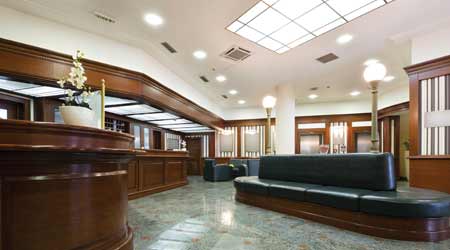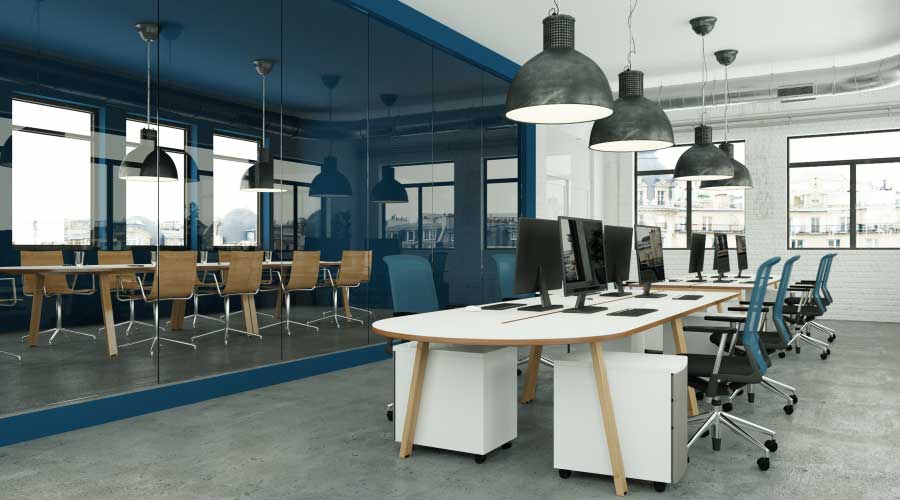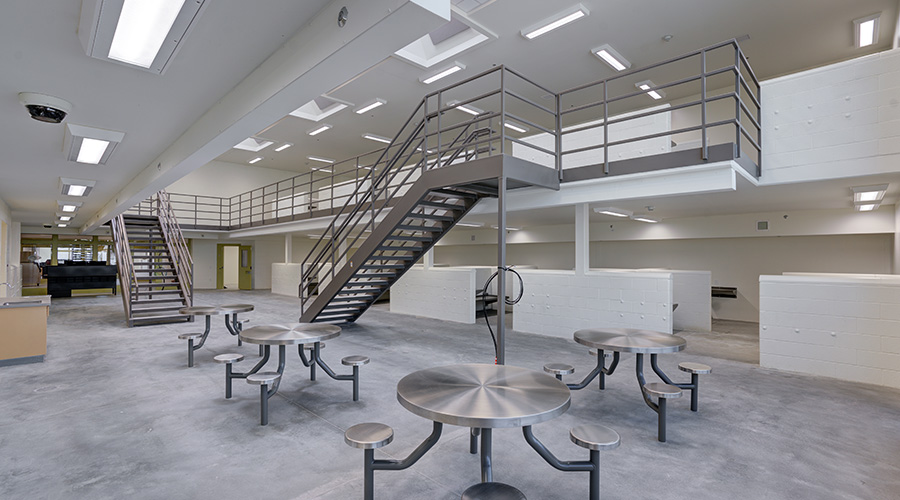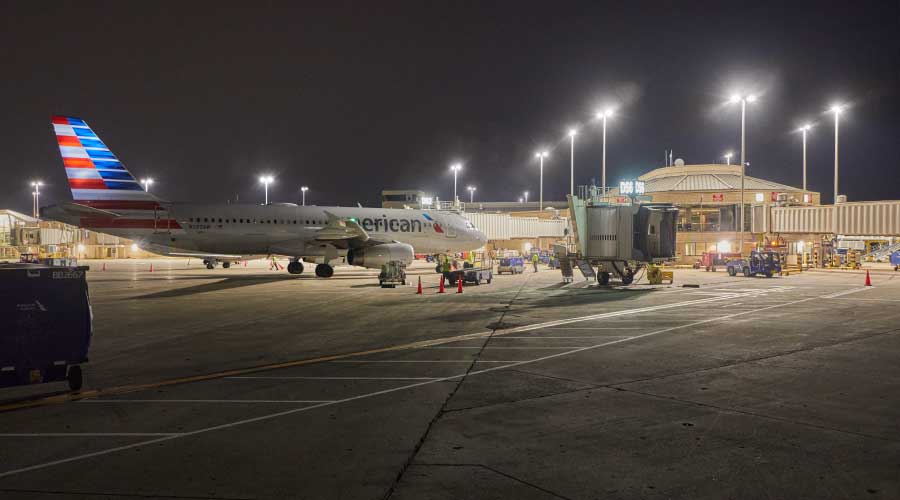 Significant changes have been made between LEED v3.0 and LEED v4.0 that affects lighting upgrades.
Significant changes have been made between LEED v3.0 and LEED v4.0 that affects lighting upgrades.Taking the Extra Step in a Lighting System Upgrade
Title 24 can be an excellent source for managers who are looking to take their lighting system upgrade even one step further.
California continues to lead the way with the adoption of Title 24 into its energy code. The law is an excellent reference for project teams looking to take that extra step in a lighting system upgrade if it is not a requirement.
It is important to understand the requirements of Title 24 for new lighting upgrade projects, as well as the trigger points for renovations. Changing out as little as 10 percent of building luminaires can require compliance to Title 24. If more than 40 luminaires are changed out, multi-level controls are required, and the entire space must incorporate the same lighting control requirements that are necessary for new construction. Among the notable additional requirements:
• area controls, or manual controls that allow separate lighting control in each area
• multi-level controls that provide occupants with the ability to use all of the light, some of the light, or none of the light in an area
• shutoff controls automatically shutting off or reducing light output when it is not needed
• automatic daylighting controls that separately control some or all of the lights in the daylight area from the lights that are not in the daylight area
• demand-responsive lighting controls that can receive and automatically respond to a demand-response signal.
Making upgrades work
One element common to all of these various code requirements is the need to test system functionality to confirm operation by a team that is typically outside of the design and installation team. This need is further elaborated on in IECC C408, which outlines commissioning requirements for these systems.
To comply with these requirements where occupant sensors, time switches, programmable schedule controls, photosensors or daylighting controls are installed, managers need to confirm: that the placement, sensitivity and time-out adjustments for occupant sensors yield acceptable performance; that the time switches and programmable schedule controls are programmed to turn the lights off; and that the placement and sensitivity adjustments for photosensor controls reduce electric light based on the amount of usable daylight in the space as specified.
Dan Forino, P.E., CCP, LEED AP BD+C, WELL AP, is regional director for Horizon Engineering Associates in New York City. Forino has 11 years of experience in the building commissioning industry, and he oversees HEA’s health care team focusing on the regional healthcare institutions. Follow HEA: www.linkedin.com/company/horizon-engineering-associates-llp; @HEA_Energy on Twitter; and www.facebook.com/HorizonEngineeringAssoc
Related Topics:















